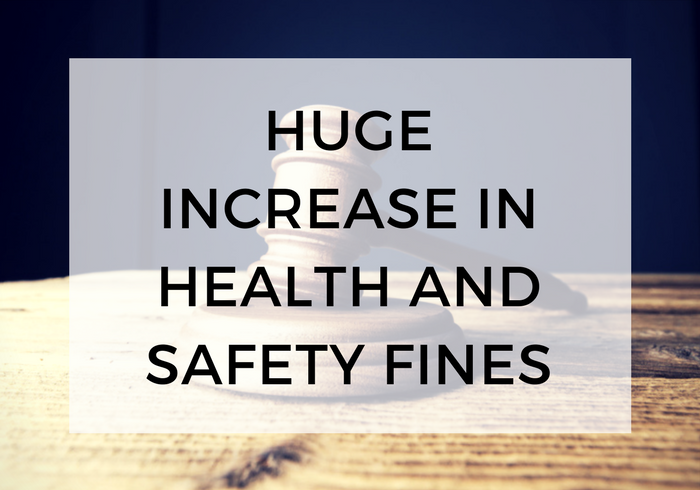Insights
The law firm found that out of 292 incidents recorded in 2016, the average payout was almost a quarter of a million pounds, four times the average for the previous year. In total, the fines for 2016 amounted to over £61m.
The industry sector with the highest bill to pay was construction, where £14m was paid out. This was followed by Manufacturing (£12m), Utilities (£8.4m), Leisure (£7.4m), Logistics and Transport (£7.2m), Industrials (£3.9m) and Public Sector (£2.6m).
Andrew Regel, Technical Lead at Alcumus said of the increase:
At a time of economic uncertainty, businesses – particularly those in the construction sector – can ill afford to lose money in such a needless way. Early last year the Sentencing Council issued new guidelines on penalties for health and safety offences and the upshot is that the level of fines has skyrocketed. It is now commonplace to see fines exceeding the million-pound mark and these are not limited to cases which involve fatalities. In 2015 there were only two cases where fines exceeded this level – in 2016 there were 18.
Under the new Sentencing Guidelines, fines for businesses with a turnover of more than £50m can now reach up to £10m for health and safety offences, and corporate manslaughter fines could be as much as £20m. This new system has been implemented to improve the standards of compliance with health and safety legislation for larger organisations by imposing fines proportionate to the size of the business, rather than using a universal figure for all offences.
Helen Devery, Partner and Head of Health and Safety at law firm BLM, said:
The new sentencing guidelines send a strong message to all businesses big or small: it is people and business critical to ensure that safety processes and systems are a board-level priority. The introduction of the risk of harm means that near misses will be reviewed and subject to potential prosecution so this has been a game-changing 12 months for the industry. Robust and proactive audit processes which interrogate and improve systems will be seen as best practice and at the heart of this is a commitment to effective risk assessment and training across all parts of the business.






